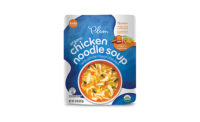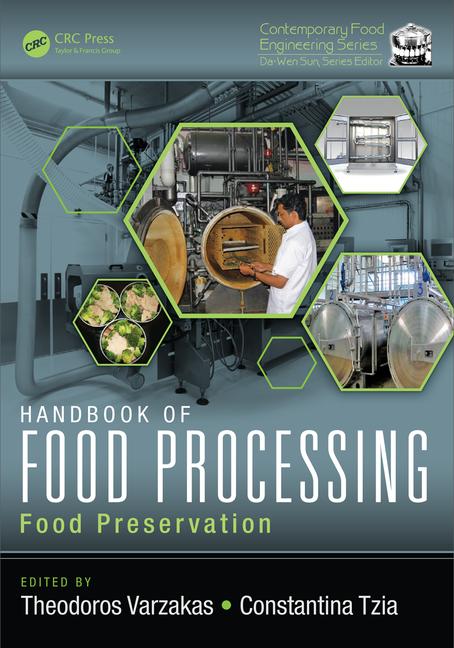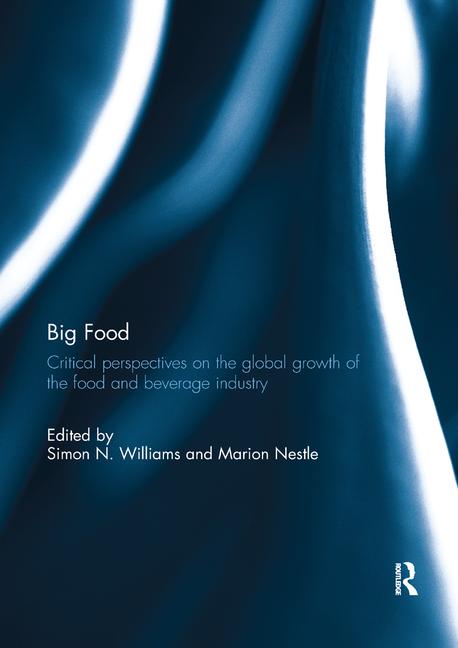Formulating Food Flavor
Experts discuss the science and nuance of flavor.

SOURCE: ©iStockphoto/BraunS

Natural and Organic are different perspectives; one does not necessarily imply the other.

Soy maskers, which make up 0.15% of soy protein bars, reduce or eliminate the typical soy aftertaste or lingering beany notes.



The Safety of Flavors and Public Perception
“We live in a society exquisitely dependent on science and technology, in which hardly anyone knows anything about science and technology.” This quote, by Carl Sagan, was the start of Dolf DeRovira’s R&D Seminar presentation titled “The Safety of Flavors and Public Perception.”
President & CEO of Flavor Dynamics, DeRovira also mentioned many of the fears and misunderstandings that proliferate in the public’s perceptions about food, including this rather pointless statement by a local news outlet: “Anyone who’s ever read a nutrition label knows that our food supply is full of hard-to-pronounce chemicals.”
“The truth,” says DeRovira, is that “we are all full of chemicals…Chemicals are to not to be feared, but understood.” To illustrate this point, he used the example of a “dreaded” multi-syllable chemical: hydronium hydroxide. At seven syllables, this must be deadly—most know it as its common name—water. He also broke down the chemical components in a banana to show how everything is, indeed, of chemical composition.
Changing to flavors, DeRovira discussed the power of the human sense of smell. “This is what makes up a flavor: odor + taste. But odor is so much more,” he said. “Flavor ingredients are safe, because we are so attuned to aromatics; anything that even approaches unsafe levels would be so intolerable we couldn’t even put them in our mouths. This concept is the basis of the GRAS legislation. Flavor chemicals are self-limiting. Some ingredients are detectable at parts per trillion—which is the ratio of the square footage of a desk top vs. a map of the US,” DeRovira informed.
According to DeRovira, “The body does not know or care whether a chemical comes from nature or is synthetic. The body handles that aroma the same way in either case. The Flavor and Extract Manufacturers Association has spent millions of dollars over the years testing and retesting these GRAS ingredients to assure their safety.”
Because flavor chemicals are so strong, it is essential to distribute the flavor throughout the food—thus avoiding “hot-spotting.” In order to achieve this, solvents are used. These have been rigorously tested and have been found safe. Also, “many of the non-flavoring ingredients, stabilizers, solvents, anti-oxidants, anticaking agents, etc., are at levels in the final food product at extremely low amounts,” said DeRovira.
He added, “Often, they do not affect the final food; they can be considered incidental and do not have to be listed according to the FDA.”
One of the “urban myths” he highlighted is the bad press about propylene glycol. Much has been made about this chemical being used as airplane antifreeze. This, says DeRovira, is actually “reverse logic”—propylene glycol is used as an antifreeze in airplanes because it is so safe, and it is biodegradable. Moreover, says DeRovira, “The EPA would never allow anything even slightly toxic to be sprayed into the soil and eventually our water supply.” DeRovira also listed the many bodies that have reviewed and tested flavor ingredients for decades.
In discussing natural vs. organic flavors, DeRovira said, “Presently, natural is a legal definition of the FDA, whereas organic is a practice and legal definition, as defined by the USDA. The concept of organics does not imply safety, which is why organic products should be washed/handled properly.”
The Flavor and Extract Manufacturers Association has spent millions of dollars over the years testing and retesting these GRAS ingredients to assure their safety.Natural flavorings are GRAS but must be kept safe through Good Manufacturing Practices and HACCP controls. Many organic products, because of the methods of fertilization, production and contamination potential, have been seen to be far more hazardous than flavors.
DeRovira stressed: “All GRAS ingredients have been scrutinized by independent, expert panels of toxicologists, biologists, etc., who have determined their safety.”
Addressing GMOs, DeRovira said that they are here, whether or not people “believe in them.” He stated, “Absorption of a non-human DNA just does not happen. We have eaten corn, beef, fish, rice and nuts. And no one has ever become a human corn, a human beef, a human fish, a human rice or a human nut.” Although, DeRovira joked, he was not certain about that last one.
To conclude, DeRovira made a few points, including that without proper safety measures the industrial food supply would be unsafe—and “with proper safety measures, our industrial food supply often tastes bland.” Flavors, he said, make food taste better; enable formulators to improve the quality of foods; and improve upon issues that arise when formulating foods for claims such as low-fat, gluten-free, low-salt, shelf-stable, etc.
Concluded DeRovira: “We have to be thankful we live in a world where flavorings exist.”
“The Safety of Flavors and Public Perception,” Dolf DeRovira, president & CEO, Flavor Dynamics, 888-271-8424/908-822-8855, dolfd@flavordynamics.com
—Summary by Barbara T. Nessinger, Contributing Editor
Modulating Flavor Delivery
Flavoring ingredients are added to food to impart, modify or enhance the flavor. Flavorings with modifying properties (FMPs) may not have or impart a specific characteristic flavor of their own, but they may modify the profile of a flavoring or final food. Some FMPs might have the ability to exert additional technological functions in food beyond their flavoring abilities, depending on the conditions of their intended use.
Why are FMPS used? As explained by Dafne Diez de Medina, PhD, vice president-Innovation, R&D, Innova Flavors, “Sometimes added proteins, fiber, superfruits, antioxidants, vitamins, minerals or other beneficial add-ins can impart undesired tastes. Levels of supplementation are also increasing. Typically, the solution to masking an undesired off-note is using combination of ingredients. Savory formulations rely on MSG AYE and soy sauce as enhancers. Salt provides not only salty taste, but also flavor enhancement and bitterness suppression,” she noted in her R&D Seminar titled “Modulating Flavor Delivery.”
Research has helped reveal how humans recognize, perceive and respond to tastes, odors and other chemosensory stimuli—such as carbonation, menthol and capsaicin. Individual differences, such as genetics, age, gender, experience and environment, all influence sensory capabilities.
Some challenges where FMPs can be beneficial include clean label goals, shelflife extension and supplementation. Flavor modifiers include soy maskers, acid blockers, salt reducers, bitterness blockers and enhancers.
Soy maskers reduce or eliminate the typical soy aftertaste or lingering beany notes. When used in sweetened soy products, soy maskers help mellow or provide balance of sweetness with reduced soy flavor. Starting doses are low at approximately 0.1%, in examples such as soy milk and liquid meal replacement. In ground meat filling with soy or soy meat patties, 0.35% works. Soy protein bars use 0.15% soy masker.
Acid blockers modulate the degree of sour/tart/acidic matrix, reducing astringency. It does not alter the pH of the product, but allows delicate flavors to come through. Acid blockers are beneficial in salsas, salad dressings, tomato based sauces and BBQ sauces at approximately 0.1-0.2%.
Flavor enhancers often are used in clean labeling to replace MSG or HVPs. With market trends requiring bold-flavored products and aging Americans’ diminished sensory ability, flavor enhancers can help. They also can provide a potential cost savings and have a dual function in assisting with salt reduction.
Medina added, “Topical salt reductions can be accomplished with reduced-particle size salt; however, moisture affects the distribution of the salt particles. Baked-on coatings or glazes with reduced sodium are more uniform than seasonings applied by dry tumbling.”
Proprietary technology for sodium reduction works by stimulating taste receptors on the tongue, reducing sodium without sacrificing taste, thus allowing for potential low-or reduced-sodium claims. A natural clean label salt replacer achieves desired taste perception of salt and might provide enhanced taste perception, working well in collaboration with a variety of ingredients—without significant formula modification.
“Modulating Flavor Delivery,” Dafne Diez de Medina, PhD, vice president-Innovation, R&D, Innova Flavors, 630-928-4850, ddiezdemedina@innovaflavors.com
—Summary by Elizabeth Pelofske, Contributing Editor
Originally appeared in the September, 2016 issue of Prepared Foods as Flavor Formulating.
Looking for a reprint of this article?
From high-res PDFs to custom plaques, order your copy today!











